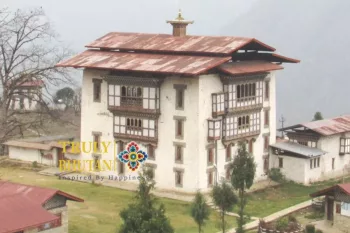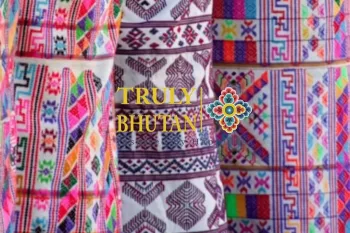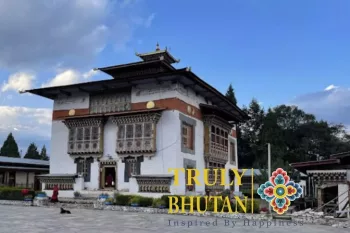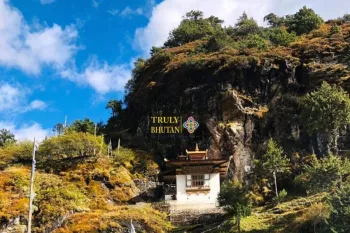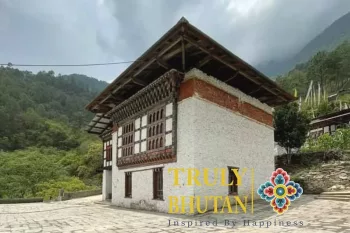Every year the village temple in Wangzhing organizes Wangzhing Rabney Festival (དབང་ཞིང་རབ་གནས). It is believed that Lam Gyalwa Lhanangpa, who came from Sombrang Gonpa in Bumthang, subdued the demon at Dragong in Minjey, Lhuentse. The Lam Gyalwa Lhanangpa, after subduing the demon, blessed the people.
In return, the people offered land to the Lama and the place was named Wangzhing or (དབང་ཞིང་) meaning, “land for the blessing”. The local elders narrate that Wangzhing Lhakhang was built by terton Pema Lingpa. It is believed that the people from the nearby villages gathered in this place to receive Wang (དབང་) or empowerment from the Terton Pema Lingpa during the consecration ceremony of newly constructed Wangzhing Lhakhang.
Terton Pema Lingpa initiated diverse Tercham, which can be witnessed even today during the festival. Thereafter, the festival came to be known as Wangzhing Rabney, where Wang (དབང་) means blessing, Zhing (ཞིང་) means land and Rabney means consecration ceremony of the newly constructed temple.
The first day is celebrated with Nubcham (+བ་འཆམ) by the local community. The Nubcham is held towards the evening of the 24th day of the 7th month of the Bhutanese calendar. Gonpo (མགོན་པོ) and Gonmo (མགོན་མོ) are major dances performed on the Nubcham
On the second day, Boar Dance or Phag cham (ཕག་འཆམ) is performed followed by treasure dances of Zhana mask dance, 12 animals birth signs dance, and other secret dance Zhana mask dancers at the temple courtyard.
12 animals birth signs dancers People offer their fresh grains to the Gonpo and Gonmo.
The festival concludes with the dance of three male relatives. As per the local community, these three relatives’ dance concludes the festival, because, during the consecration ceremony of the temple, three people from the other hamlet came to witness the ceremony, but they arrived towards nightfall when the ceremony was about to close.
The three relatives went to visit Terton Pema Lingpa. Terton informed them that the consecration ceremony had already ended, but still, he made these three male relatives conclude the sanctification ceremony, and even today whoever attains the festival gets an opportunity to witness the dance of the three relatives.

